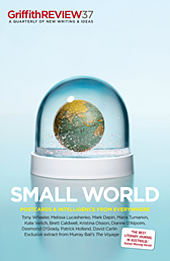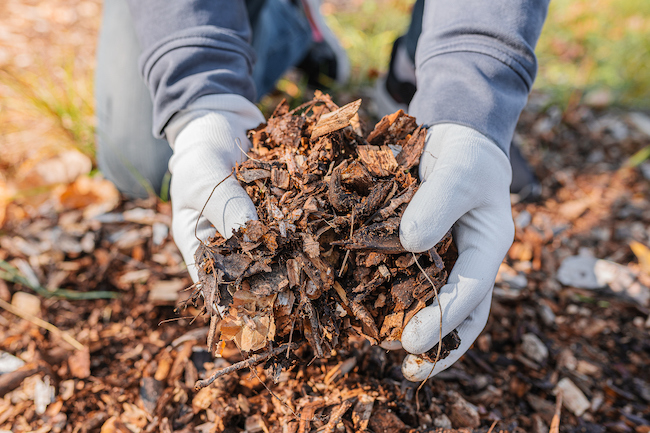Featured in

- Published 20120904
- ISBN: 9781921922596
- Extent: 264 pp
- Paperback (234 x 153mm), eBook

Already a subscriber? Sign in here
If you are an educator or student wishing to access content for study purposes please contact us at griffithreview@griffith.edu.au
Share article
More from author

Smoking hot bodies
Since 2013, South Korea has mandated the use of compost bins for uneaten food and the country now recycles an estimated 95 per cent of its food waste. Similar schemes exist in Europe and North America, and in June, Nevada became the seventh American state – after Washington, Colorado, Oregon, Vermont, California and New York – to legalise human composting.
More from this edition

Letters from Sarajevo
MemoirFROM OLIVERA Sarajevo, 2 December 2011'How are you?''Today, better than tomorrow.'This is a new, dark joke I heard in Bosnia. Once the reply to...

The inflating porcupine of travel
GR OnlineIMAGINE A WORLD where air travel was several times more expensive than now. Would the tyranny of distance return? How would our lives change? The...

Footloose, fancy-free
IntroductionIT'S A GOOD question. How many people in the world travelled as tourists last year? With the global population nudging seven billion, how many...